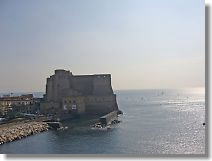 |
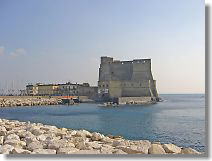 |
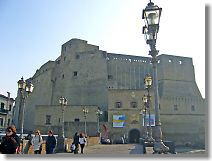 |
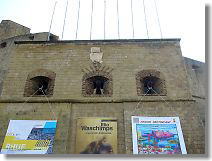 |
| "Castle of Egg" or Castel dell'Ovo built in the beginning of
the 1100s by the Normans. |
|
|
|
|
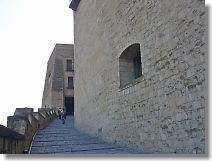 |
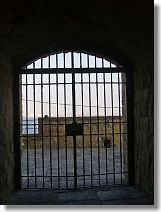 |
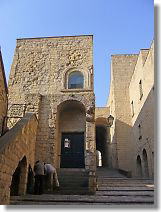 |
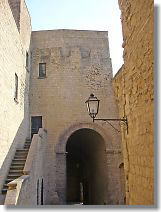 |
| Poet Virgil hid an egg in an iron cage and left it to hang from a rafter in a secret place in the castle. |
|
|
|
|
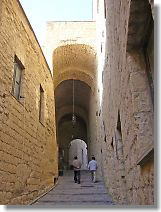 |
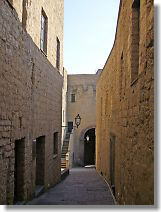 |
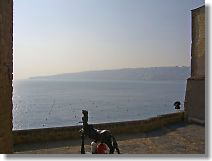 |
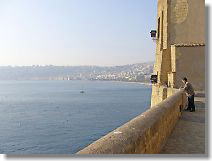 |
| If the egg will be broken, both the castle and the city are doomed to destruction. |
|
|
|
|
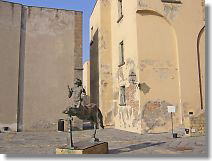 |
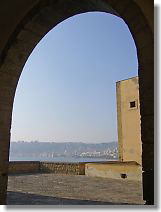 |
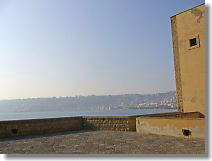 |
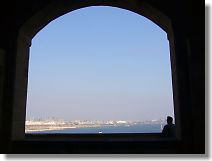 |
| Human horse statue. |
Direction for Naples at the floor before rooftop. |
Direction to Mt Vesuvius. |
|
|
|
|
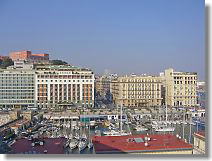 |
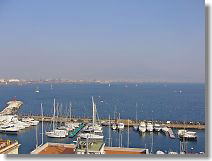 |
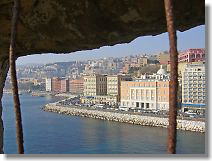 |
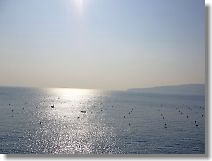 |
| Santa Maria port and yachts, looked from Egg castle. |
Scenery from iron window. |
Dazzling sun, Gulf Napoli. |
|
|
|
|
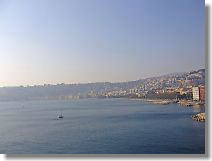 |
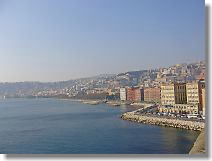 |
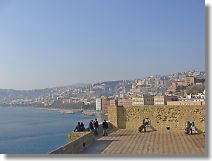 |
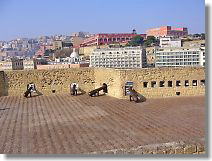 |
| Golfo di Napoli and Naples town seen from rooftop of Egg castle. Saying
that it is better to die after seeing Naples is said to be the scenery
from Egg castle. |
|
|
|
|
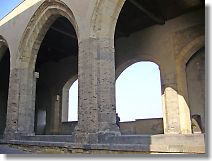 |
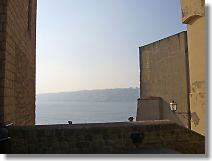 |
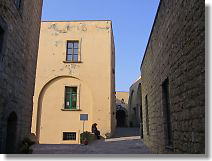 |
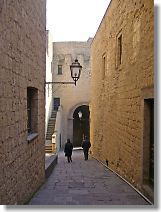 |
| Descend again. There are restaurants today, too. Dinner can be possible while looking at Golfo di Napoli. |
|
|
|
|
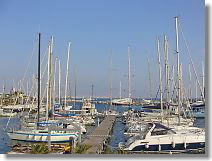 |
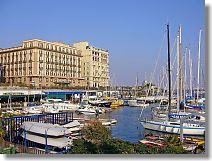 |
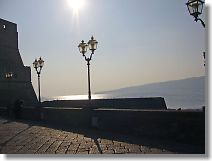 |
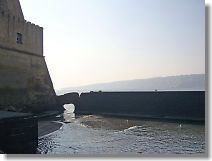 |
| Yachts in S.Lucia port in Egg castle. |
Approach to Egg castle is on the bedrock. |
|
|
|
|
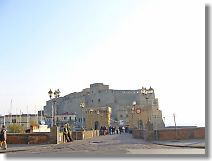 |
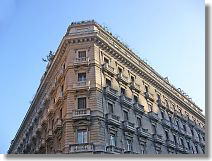 |
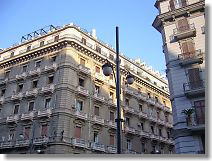 |
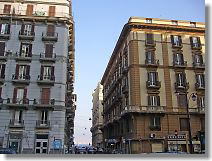 |
| Egg castle and approach. |
The third street from the coast is called S. Lucia. Buildings of the street. |
|
|
|
|
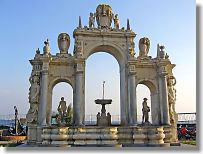 |
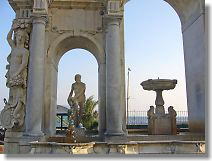 |
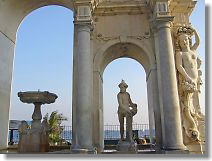 |
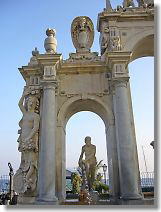 |
| Fountain of the immacolatella with white marble. It was constructed by
Michelangelo Naccherino and Pietro Bernini in 1601. Beautifully harmonized
with Golfo di Napoli and Mt Vesuvius on the background. |
|
|
|
|
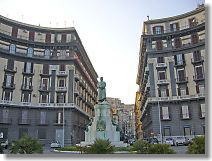 |
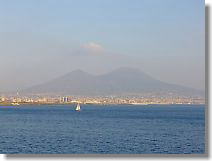 |
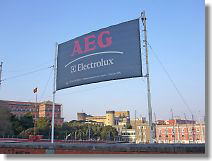 |
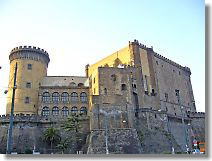 |
| Looking at Golfo di Napoli |
Mt Vesuvius from Naples. |
New Castel over the flag |
Newer than Egg caslte |
|
|
|
|
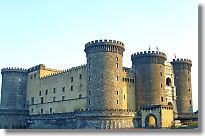 |
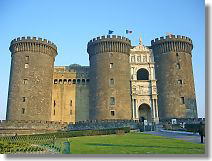 |
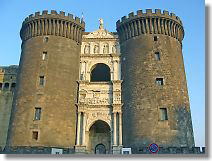 |
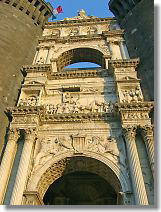 |
| Castel Nuovo construction started in 1279 as Caltel Maschio Angioino. The
castle is now a cultural venue and also the suite of the Civic Museum. |
|
|
|
|
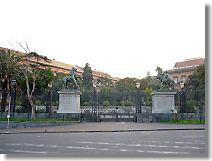 |
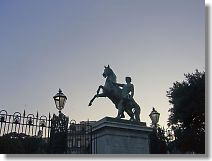 |
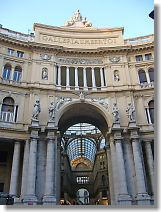 |
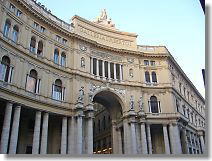 |
| Used as the Teatro San Carlo. |
Galleria Umberto was built in 1885. Glass ceiling of 58m hight. |
|
|
|
|
 |
| Square Plebiscito (Piazza Plebiscito) was built by Ferdinand I of the Bourbon
Dynasty. |
|
|
|
|
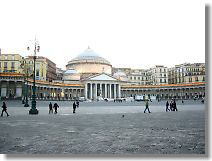 |
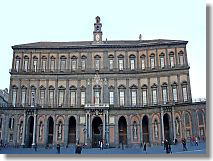 |
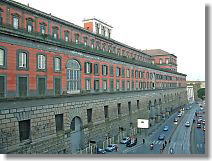 |
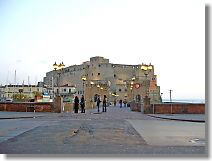 |
| Basillica of San Francesco di Paola was built in 1846. |
Royal palace of King Naples. Built in 1600-02, expanded in 1838-42. Royal
family furniture and paintings are exhibited in the museum now. |
Evening is comming on the Egg Castle. |
|
|
|
|
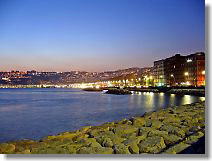 |
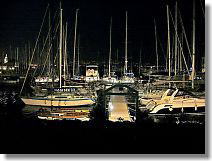 |
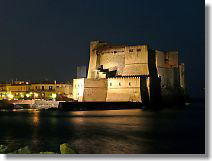 |
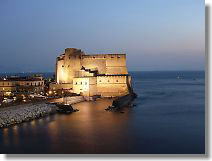 |
| The night view of Naples. |
Yahats are illuminated. |
Egg castle is beautifully illuminated at night. |


